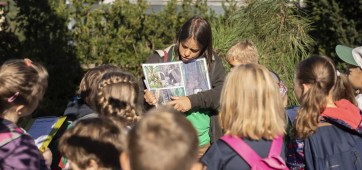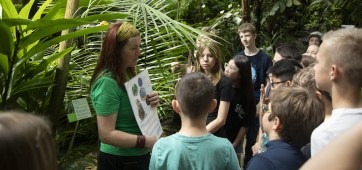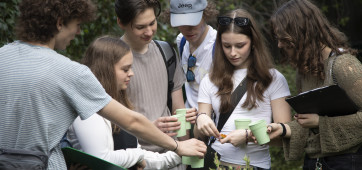e-shop
e-ticket
For Visitors
Education
Bookings
About Us
Mission
History
Contact Information
Dos and Donts in the Outdoor Expositions
Work With Us
Partnership
Public Tender
FAQ | The Most Frequently Asked Questions
Our Plant Collections
Our Science
Plant Records
Index seminum
Publications
Construction and General Development of the Garden
Press
Annual Reports
Files for Downloads



 English
English Čeština
Čeština





